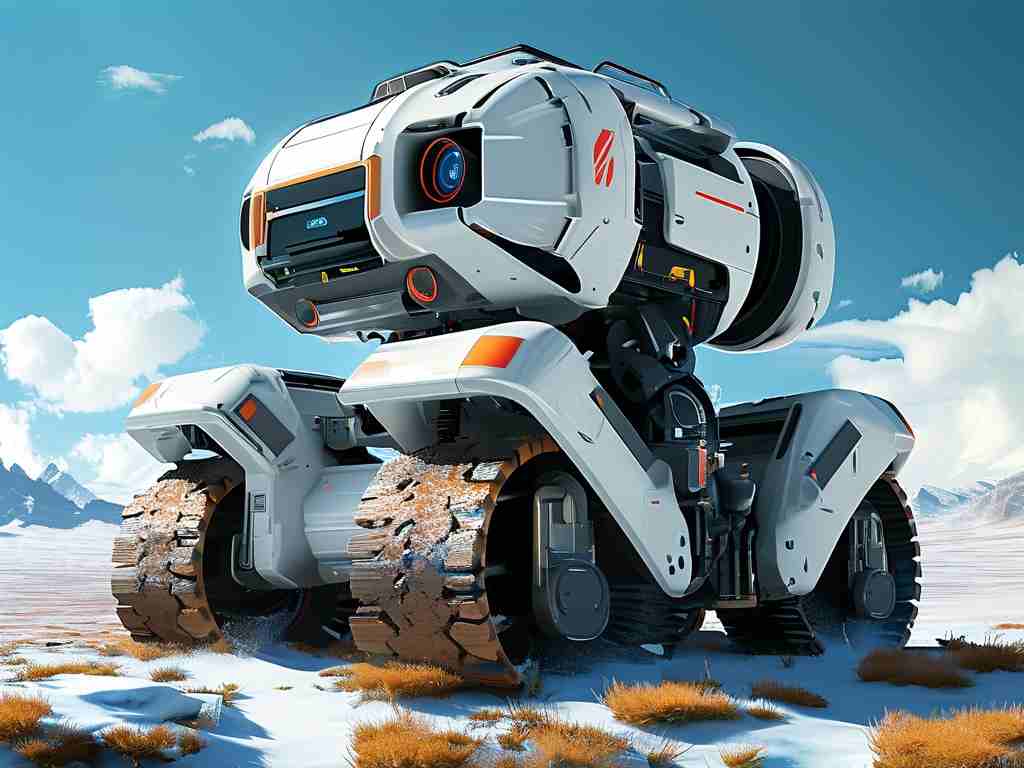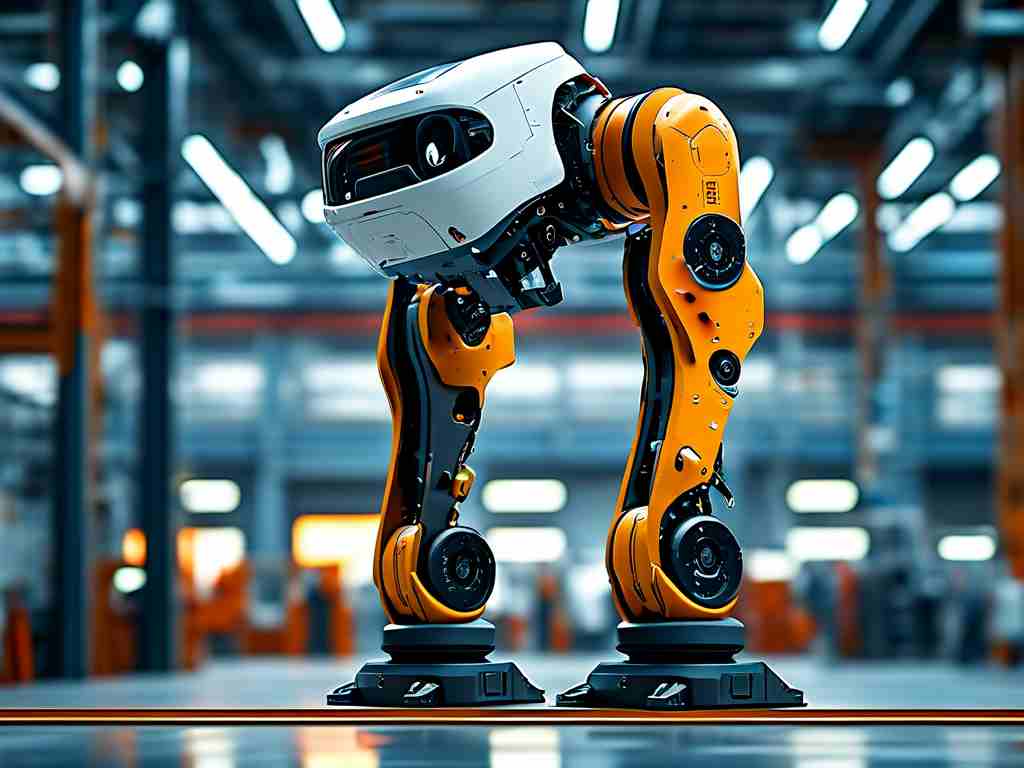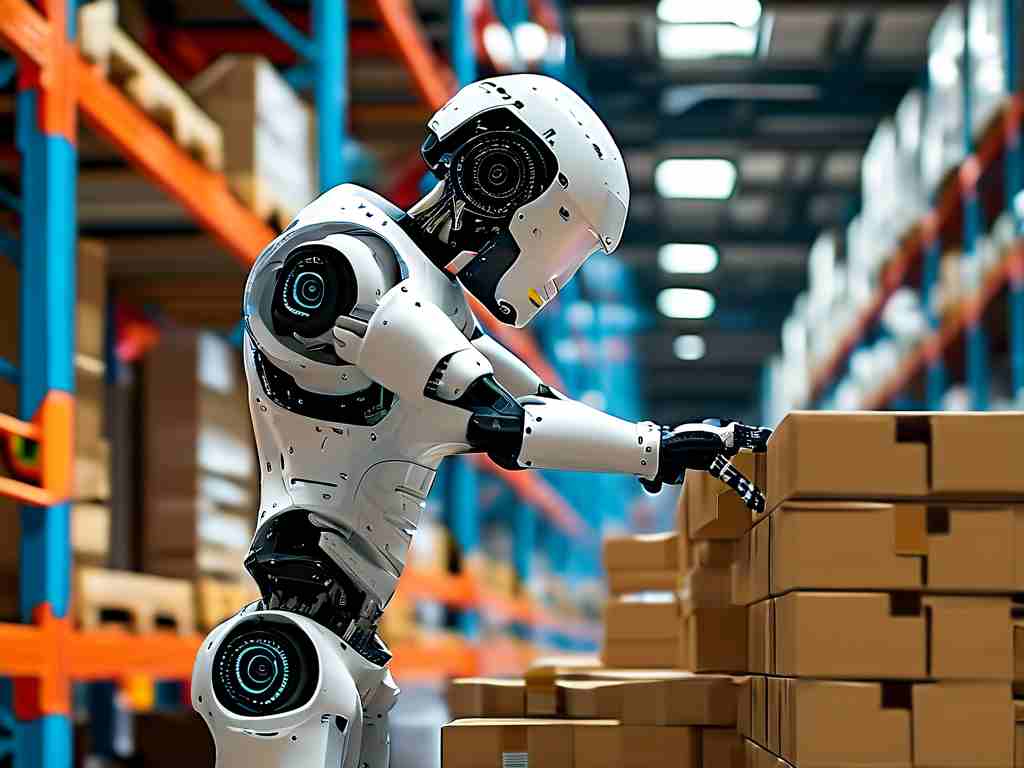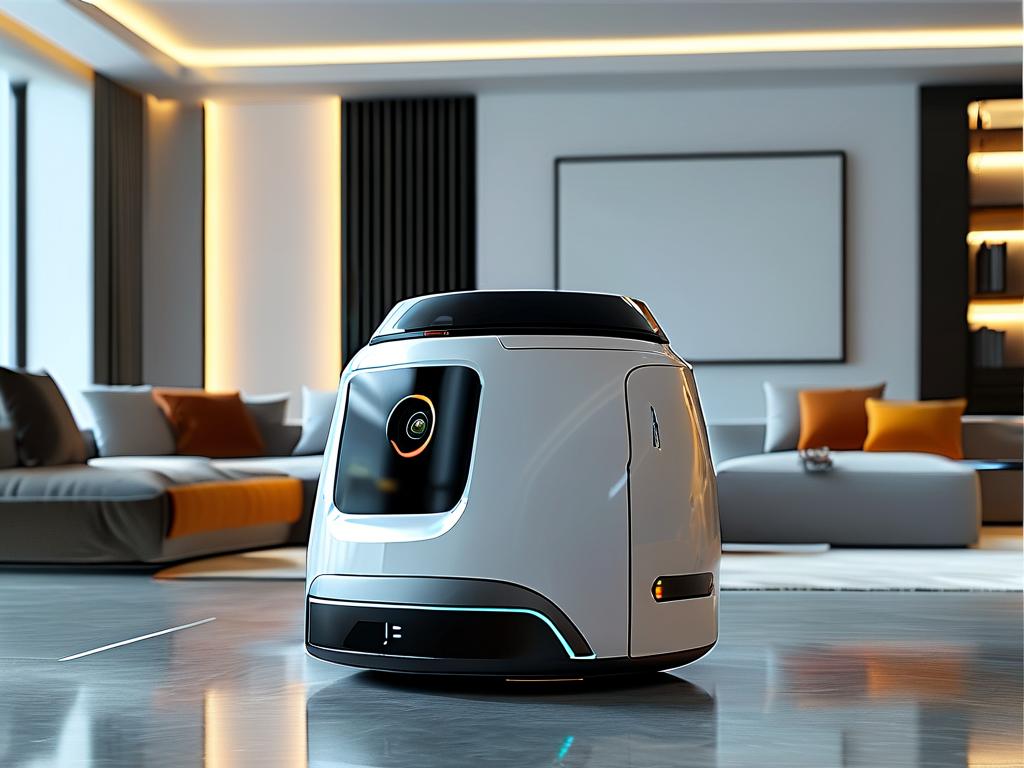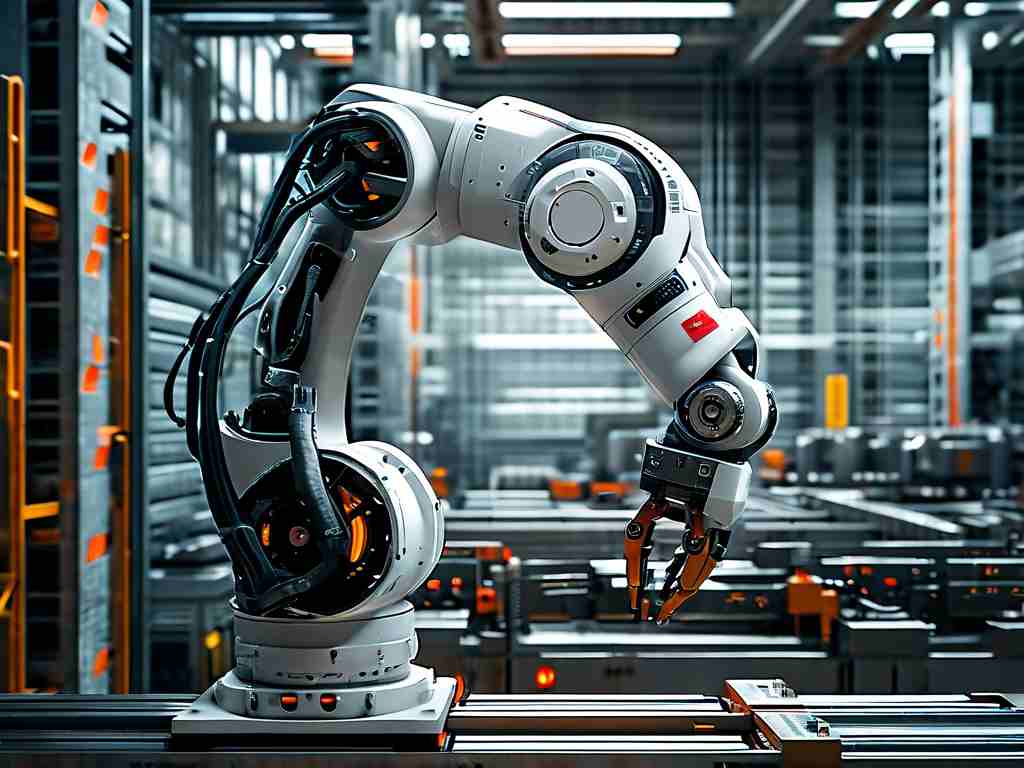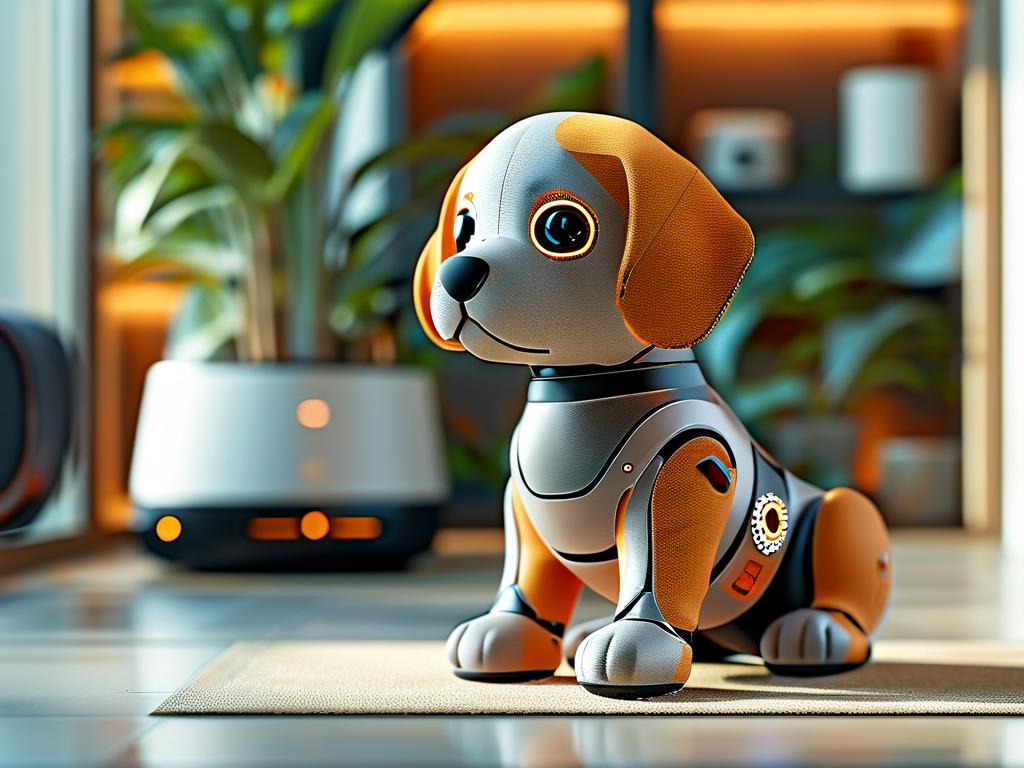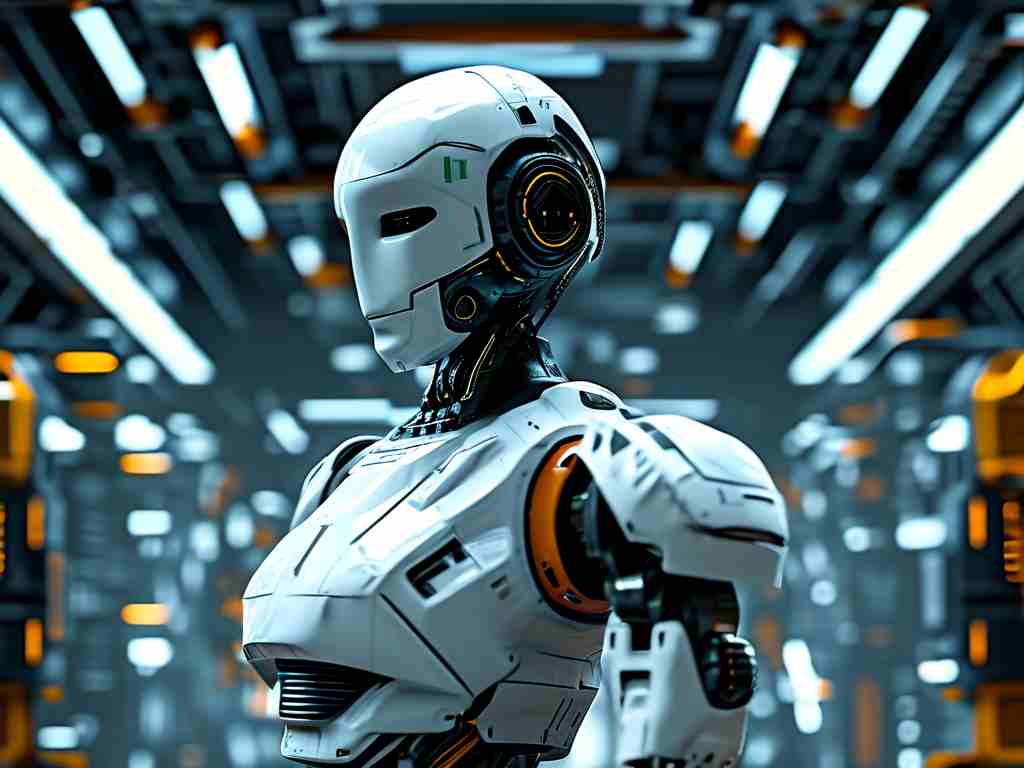The vision of robots seamlessly integrating into our factories, homes, hospitals, and even disaster zones is no longer pure science fiction. However, the path from conceptual design to reliable, functional deployment is fraught with complexity. Enter the concept of the "Universal Robotic Technology Base" (URTB), a foundational layer of common technologies designed to accelerate innovation, reduce redundancy, and unlock the true potential of robotics across diverse applications. This foundational layer acts as the crucial bedrock upon which specialized robotic capabilities are efficiently built.
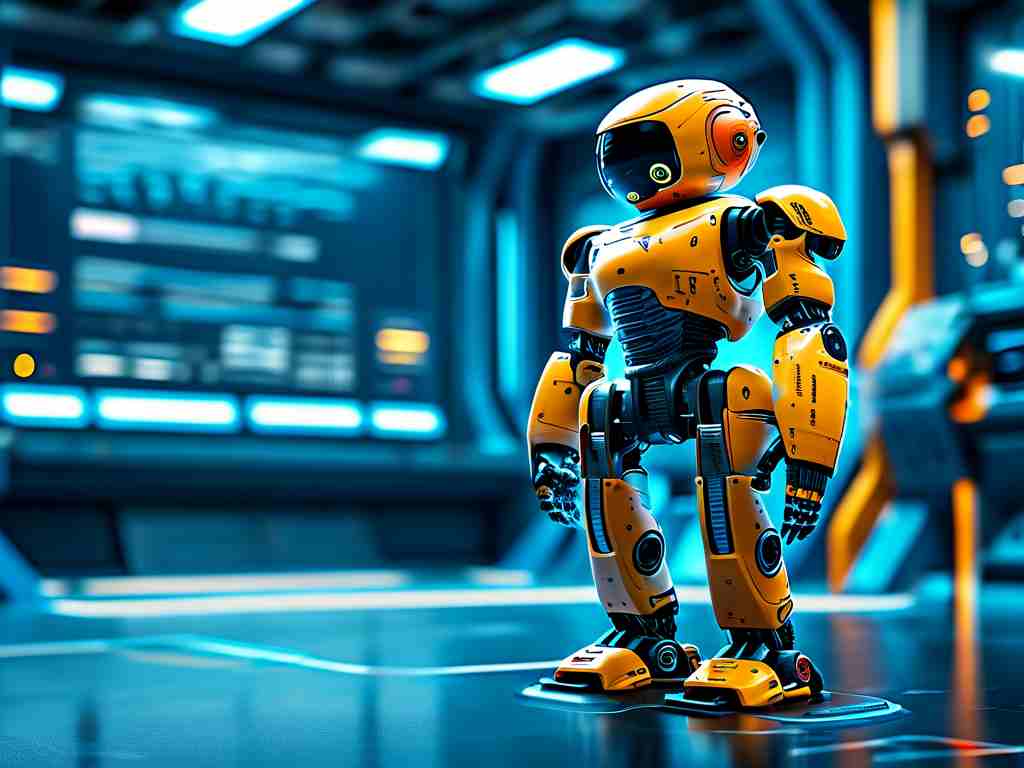
At its core, the URTB represents a suite of standardized, interoperable, and reusable hardware and software modules. Its primary purpose is to solve fundamental challenges common to all robots, irrespective of their final form or function. Imagine developers no longer needing to reinvent the wheel for basic locomotion, perception, or communication for every single new robot project. Instead, they can leverage a robust, pre-tested, and continuously improved set of core technologies. This shift dramatically lowers the barrier to entry, allowing innovators to focus their resources and ingenuity on the unique value proposition and specialized tasks of their specific robot, whether it’s performing delicate surgery, inspecting underwater pipelines, or assisting the elderly.
Several key pillars constitute a truly effective Universal Robotic Technology Base:
-
Perception & Sensing Abstraction: Providing standardized interfaces and drivers for a vast array of sensors (cameras, LiDAR, radar, IMUs, force/torque sensors, microphones) is paramount. The base layer handles the low-level data acquisition, calibration, filtering, and fusion, presenting higher-level, application-ready perception data (like object detection, localization maps, or environmental state) to the robot's cognitive systems. This shields application developers from the intricacies of specific sensor hardware. For instance, code interacting with a standardized "vision module" wouldn't care if it's using a stereo camera or a depth sensor underneath, as long as it receives reliable 3D point cloud data.
# Simplified conceptual example (pseudo-code) using a URTB perception service from urtb.perception import ObjectDetector detector = ObjectDetector(sensor_type='rgbd_camera') # Abstracted sensor interface detected_objects = detector.detect_objects(current_frame) for obj in detected_objects: print(f"Found {obj.label} at position {obj.position}") -
Unified Motion Planning & Control Framework: This involves sophisticated algorithms for path planning (considering obstacles and dynamics), kinematics/dynamics calculations, and low-level actuator control (motors, servos). A URTB offers a standardized API for specifying tasks (e.g., "move end-effector to pose X smoothly") and handles the complex calculations and real-time control loops required to achieve it safely and efficiently across different robot morphologies (arms, legs, wheels, drones). Developers define the what, the base handles the intricate how of coordinated motion.
-
Robust Middleware & Communication: Seamless, high-bandwidth, low-latency communication within the robot (between sensors, controllers, actuators) and with external systems (other robots, cloud platforms, user interfaces) is non-negotiable. The URTB provides a standardized, secure, and reliable communication backbone, often building upon frameworks like ROS 2 (Robot Operating System 2), DDS (Data Distribution Service), or bespoke optimized protocols, ensuring deterministic data flow essential for real-time control.
-
Core AI/ML & Cognition Services: While high-level task planning and domain-specific AI might reside above the base, the URTB incorporates fundamental AI building blocks. This includes modules for common machine learning inference (e.g., running pre-trained models for basic recognition), spatial reasoning, basic world modeling, and potentially standardized interfaces to access larger cloud-based AI capabilities. It provides the essential computational substrate.
-
Hardware Abstraction Layer (HAL): This is the crucial bridge between the standardized software APIs of the URTB and the diverse, often proprietary, physical hardware components (motor controllers, specific sensor boards, specialized grippers). The HAL translates generic commands ("set joint angle to 45 degrees") into the specific low-level signals the actual hardware requires, enabling true hardware independence for the upper layers.
-
Simulation & Development Tools: A robust URTB includes powerful simulation environments that accurately model the physics and behavior of robots built upon the base. This allows for rapid prototyping, algorithm testing, and scenario validation in a safe, virtual space before costly physical deployment. Integrated debugging, logging, and visualization tools are also essential components.
The impact of a widely adopted URTB is transformative:
- Accelerated Development Cycles: Developers bypass years of foundational work, focusing on application-specific innovation. Time-to-market for new robotic solutions plummets.
- Reduced Costs: Eliminating redundant development of core functionalities significantly lowers R&D expenditure. Economies of scale in manufacturing standard modules become possible.
- Enhanced Reliability & Safety: Core modules within the base are rigorously tested, verified, and hardened over time by a broad community or consortium, leading to inherently more reliable and safer robotic systems.
- Improved Interoperability: Robots built on the same URTB can more easily share data, coordinate tasks, and leverage common infrastructure (like charging stations or mapping data).
- Democratization of Robotics: Lower barriers empower smaller companies, research labs, and even individual innovators to participate meaningfully in robotics development.
- Simplified Maintenance & Upgrades: Standardized interfaces make replacing hardware components or updating software modules significantly easier.
Realizing the full potential of a Universal Robotic Technology Base is not without significant challenges. Establishing and maintaining truly universal standards across a fiercely competitive and diverse industry requires unprecedented collaboration between industry giants, academia, and standards bodies (like ISO/TC 299). Ensuring security across such a complex, interconnected stack is paramount, especially as robots handle critical tasks. Balancing the need for standardization with the flexibility required for cutting-edge research and niche applications remains an ongoing tension. Furthermore, creating a sustainable business model that incentivizes contributions to the shared base while allowing companies to build profitable products on top is crucial for long-term viability. The initial investment required to develop a truly comprehensive and robust base is substantial.
Nevertheless, the trajectory is clear. Initiatives like ROS (despite its limitations), various open-source robotics projects, and industry consortia are laying the groundwork. The evolution towards a more unified technological foundation is essential for robotics to move beyond isolated marvels and fragmented solutions. The "Universal Robotic Technology Base" represents the indispensable infrastructure needed to unlock the next era of robotics – an era where intelligent machines become truly pervasive, adaptable, and capable partners, fundamentally transforming industries and augmenting human capabilities on a global scale. It's the unsung hero, the common language, and the shared engine that will power the diverse robotic future.


